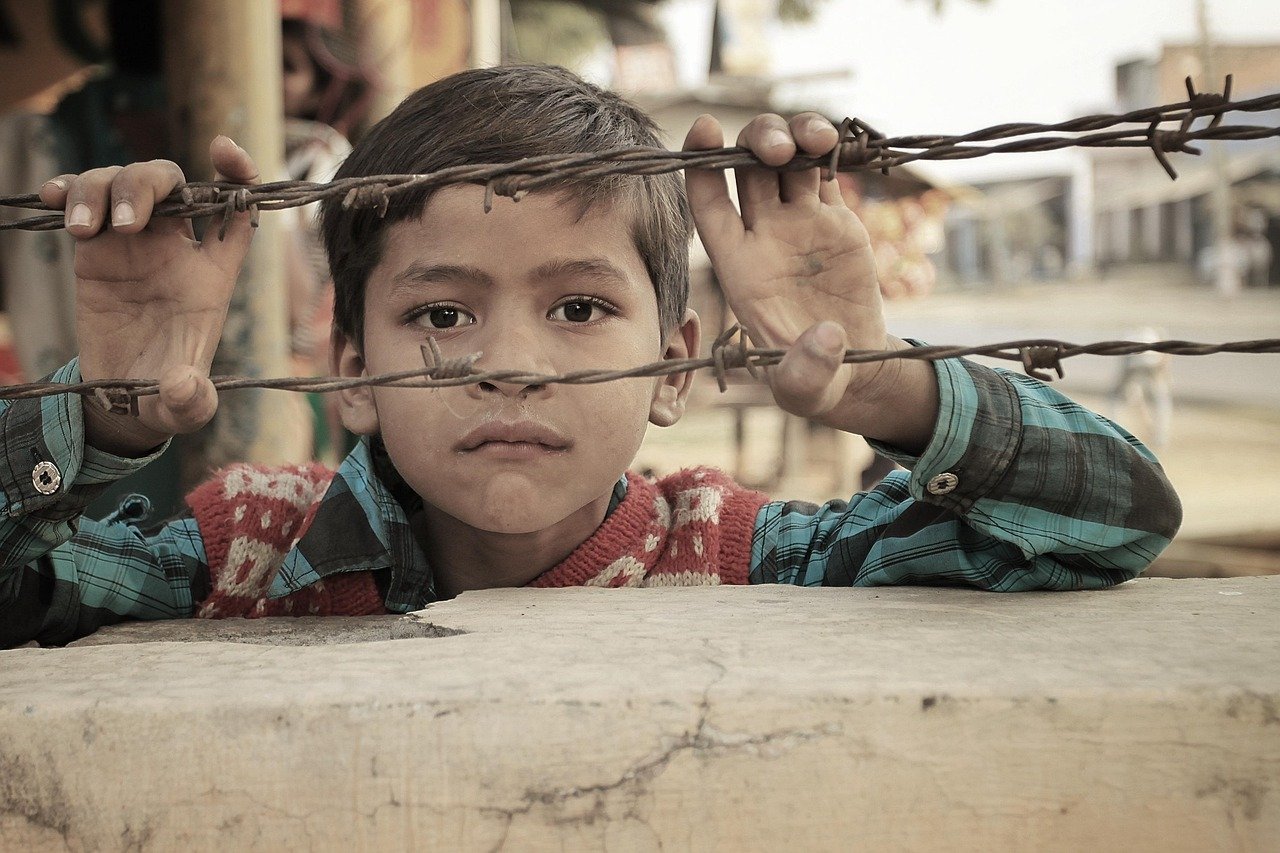In the Sundarbans, a sprawling delta in West Bengal, life is an unrelenting battle against the odds. This region, defined by its endless waterways and ponds, is both a source of sustenance and a silent threat. Every year, drowning claims the lives of countless children, turning moments of innocence into lasting grief for families.
Sixteen years ago, Mangala Pradhan lost her one-year-old son, Ajit, to a tragic drowning accident. A momentary lapse turned her world upside down as Ajit wandered out and fell into the courtyard pond. For Mangala, that day became a defining moment, shaping her resolve to prevent other mothers from enduring the same pain. Today, she is part of a group of women running makeshift creches that safeguard nearly 40 children daily, giving parents peace of mind while they work.
The need for such efforts is undeniable. A 2020 survey revealed that three children aged one to nine drown every day in the Sundarbans. Most tragedies occur within 50 meters of home, often during the late morning hours when caregivers are busy. Healthcare is scarce, leaving families with little choice but to rely on ineffective superstitions like chanting or rituals.
The challenges in the Sundarbans are exacerbated by the harsh environment. From July to October, heavy rains and rising waters heighten the risks, while cyclones and climate change create even greater uncertainty. Families living on the edge struggle to coexist with these dangers. Tigers, snakes, and floods are constant threats, and with 16% of the population under the age of nine, the vulnerability of children is especially acute.
Mothers like Sujata Das, who lost her 18-month-old daughter Ambika, are now advocating for simple yet lifesaving measures. Sujata plans to fence her pond with bamboo and teach children swimming skills. Many villagers have also begun CPR training, thanks to initiatives led by non-profits and supported by India’s top science agencies.
However, changing mindsets is an uphill battle. Superstitions about water deities and practical challenges like cost have hindered widespread adoption of safety measures. Lessons from neighboring Bangladesh, where 2,500 creches reduced drowning deaths by 88%, and Vietnam’s emphasis on teaching survival skills, offer hope and a blueprint for success.
Globally, drowning remains a silent epidemic, claiming over 300,000 lives annually, with a significant portion being children under five. In India, official statistics vastly underestimate the problem. In the Sundarbans, families have resorted to desperate measures like tying children to ropes or using anklets to track their movements, yet the risks persist.
The creches established in this remote region symbolize hope amid despair. Mothers are stepping up, not just for their own children but for the entire community. Their fight to save lives reflects the resilience of the human spirit, even in the most challenging circumstances.
As little four-year-old Manik Pal sings, “I won’t go to the pond alone, unless my parents are with me,” these initiatives aim to ensure a future where children are free to explore, grow, and live without fear.




















